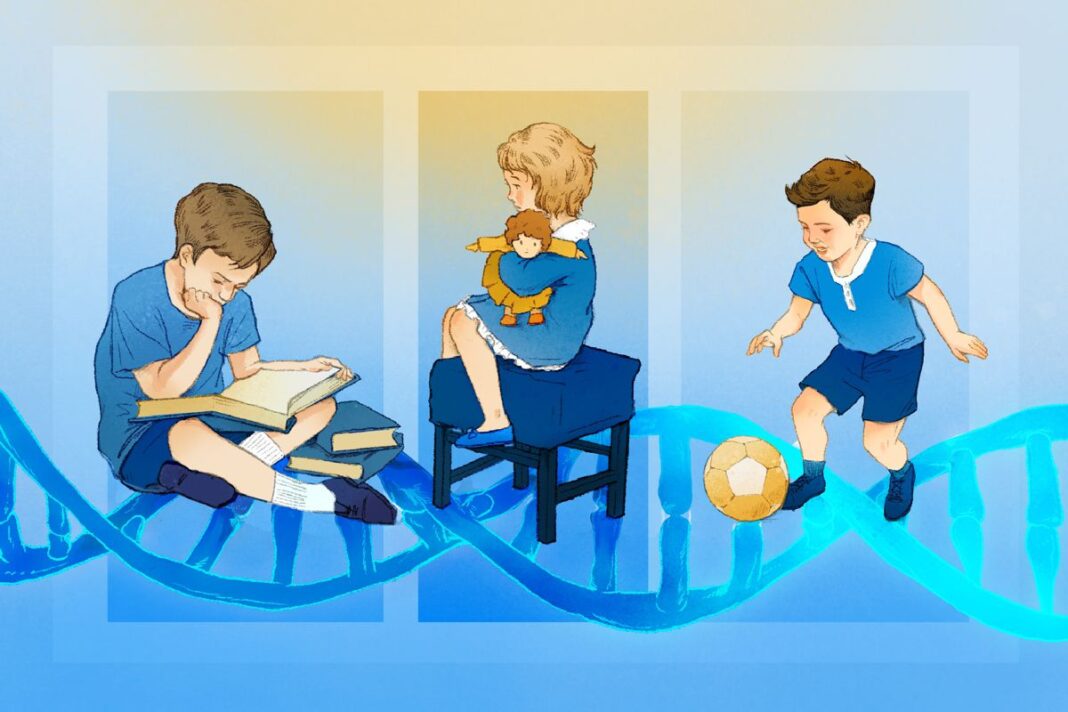Three children, one major genetic difference, three different outcomes.
Three children grew up in the same household, raised by the same parents, exposed to the same environment. Yet their lives unfolded in dramatically different ways—all because of a single gene.
The older brother met all of his early developmental milestones and could read at the age of 5. He had an excellent memory for car license plates and could make rapid mental calculations. His social deficits, however, came to light once he started school. He was socially awkward, had few friends, couldn’t understand social cues, and was prone to mood swings. He was diagnosed with Asperger’s syndrome, which is under the autism spectrum disorder label.
His younger brother developed typically, showing no signs of autism or other developmental challenges.
The younger sister, however, developed autism with intellectual disability. As an infant, she met early motor milestones but had very delayed language development. She had to leave school at the age of 7 and instead attended a hospital program during the day. At age 12, her intelligence scores were similar to those of a child under 6 years old, and though she could speak a little, she often had pronunciation errors. She exhibited self-injurious behaviors such as hitting her head and also experienced nighttime bedwetting.
The key difference between each child’s behaviors was the number of copies of an inherited gene called SHANK3 they each had.
This unique case was discovered by French researchers. The family’s unique inheritance pattern gives a glimpse into autism’s complex genetic landscape.
Joseph Buxbaum, director of the Seaver Autism Center for Research and Treatment at the Icahn School of Medicine at Mount Sinai, told The Epoch Times that autism has a strong genetic component. However, on the surface, the relationship between autism and a person’s genetics is not always clear-cut.
By Marina Zhang








